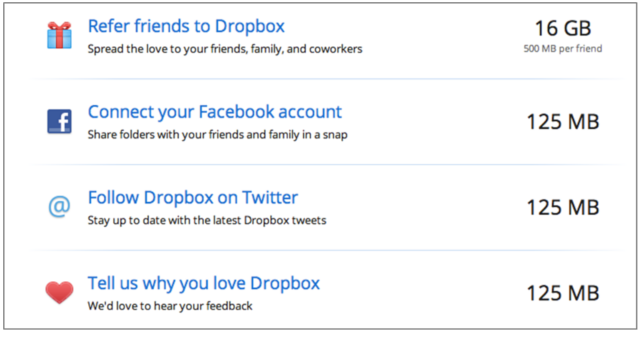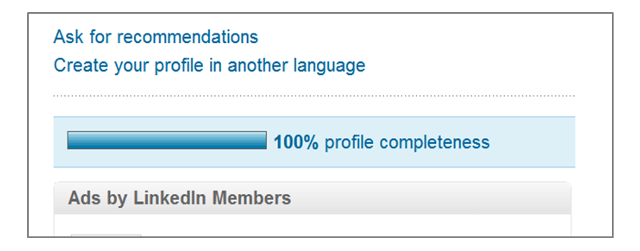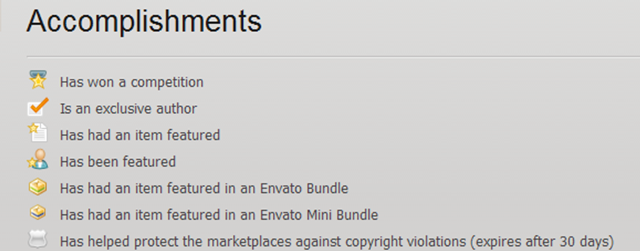In this post I will discuss ways you can apply gamification to selling web hosting and domain names without the need to have a huge budget, or a team of hundreds to make it happen.
What is gamification?
Gamification is the principle of taking mechanisms found in games and then applying them to situations which are not usually considered “game-like”. Examples include a sign-up process, account management, using a product, interacting with your brand or lifestyle choices (e.g. fitness). This is most often done through rewards, recognition, discovery and feedback.
Why is this something I should use?
Gamification is becoming more and more prevalent, from huge communities that use it as the basis of their proposition to smaller uses, such as an account sign up process. Gamification drives user engagement, increases loyalty and boosts ARPU. It is also a great opportunity to stand out in a busy market place (such as web hosting).
Some great examples of gamification include:
• Nike Fuel: Motivation to achieve your goals through points and badges
• Treehouse: Unlock badges by completing their courses
• Foursquare: Leader boards, badges and recognition for being number one
• Fitocracy: Social motivation plus challenges and rewards to keep you motivated staying fit
• Dropbox: The more actions you perform, the more storage space you get
 (Earn rewards completing actions on Dropbox)
(Earn rewards completing actions on Dropbox)
Working with people’s sense of play
Before we delve in to specific ideas, I’d like to cover the principles behind our sense of play, which in turn influence gamification. This will help you to form your own ideas and understand them in context.
Feedback and rewards:
Motivation and risk avoidance: Obviously you want people to stay motivated to continue. There are two ways you can do that; positive reinforcement e.g. via micro-rewards or/ and the promise of a huge reward at the end, and through fear. Fear doesn’t necessarily take the form of physical or psychological fear, it can also be social and financial. Examples include time limited rewards, badges that need refreshing, points that degrade and short term financial incentives.
Status and recognition:
Discovery and surprise: Who doesn’t like a nice surprise? Random rewards and unlocking content they didn’t know existed keep people guessing, and helps to draw them back time after time through a sense of inquisitiveness, desire and anticipation.
Ideas for applying gamification to selling web hosting
Now we’ll go though some practical gamification based ideas you can apply to your web hosting and domain name services. When I use the term “reward” below, this could take the form of anything you deem appropriate, such as money off, something free, a badge, a success message upon completion etc.
1. A checklist
It is in your interests for your customers to upload their website and use your services. The more they use your services, the more likely they are to renew. With this in mind, create a graphical checklist for them to follow and make sure they complete all your desired steps with a reward once they are all ticked off (this could be a simple “Well done!” or “100% complete” message).

(LinkedIn’s checklist completion bar)
Ideas for tasks include:
• Adding all their contact information
• Uploading their website and putting it live
• Setting up their email address
• Installing a one click install app
• Adding Analytics tracking
• Backing up their website/ database
2. People love badges
There is something about collecting that seems to be hard wired in to our brains. This is why badges are so often used by businesses looking to gamify their services, and why we as users, have the urge to try and collect as many as possible.
 (Earn badges with Themeforest.com)
(Earn badges with Themeforest.com)
You can use digital badges to reward your customers for any number of actions and situations, including:
• What type of hosting product they have
• How long they have been a customer
• If they are active on your social networks
• They have won a competition
• You have published a guest blog post from them
• The number of domain names they have bought
• The number of new customers they have referred
3. Points and leader boards
Increase loyalty and engagement by creating a sense of competition amongst your customers to achieve certain goals first or be ranked as high as possible. Moz (previously known as SEOmoz) are masters at this through their community blog.

Points could be given for:
• Sharing you via social media
• Referring people to your business
• Writing a guest blog post
• Leaving a comment on your blog
4. Social confirmation
As mentioned previously, it is one thing being told you are the best, and it is another to be known as the best. As well as sending an email to confirm they have achieve a goal or unlocked a reward, you can also showcase them on your website, via email and through social media. Other members of your community can then comment on and praise their achievements.
Gamification is not fire and forget
Gamification is a great tool to develop a community around your services and brand, but it does require management on your part to ensure it remains active and it is not exploited. There are also administrative responsibilities to fulfil any physical prizes that have been promised. If you have the desire and commitment to put in the time and effort to build a community around gamification, the rewards can be huge.
Comments
Please remember that all comments are moderated and any links you paste in your comment will remain as plain text. If your comment looks like spam it will be deleted. We're looking forward to answering your questions and hearing your comments and opinions!